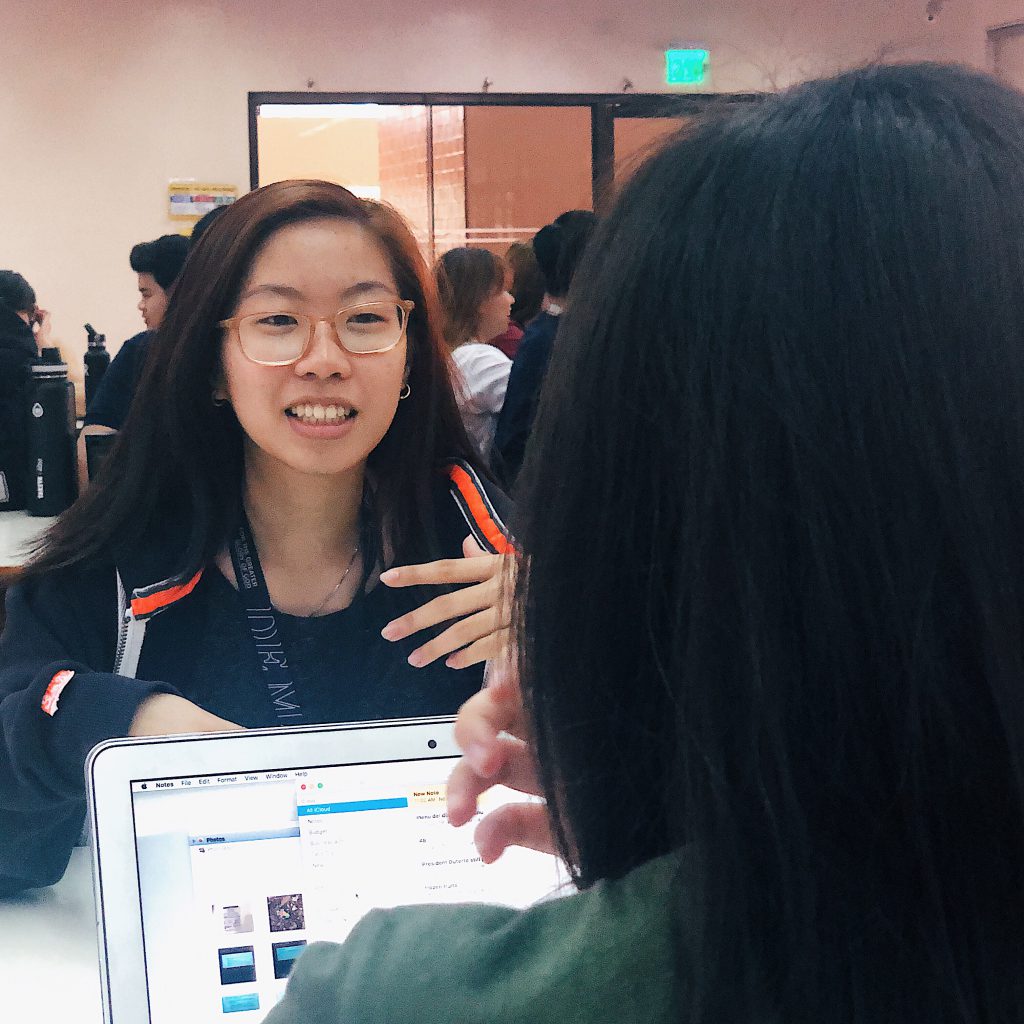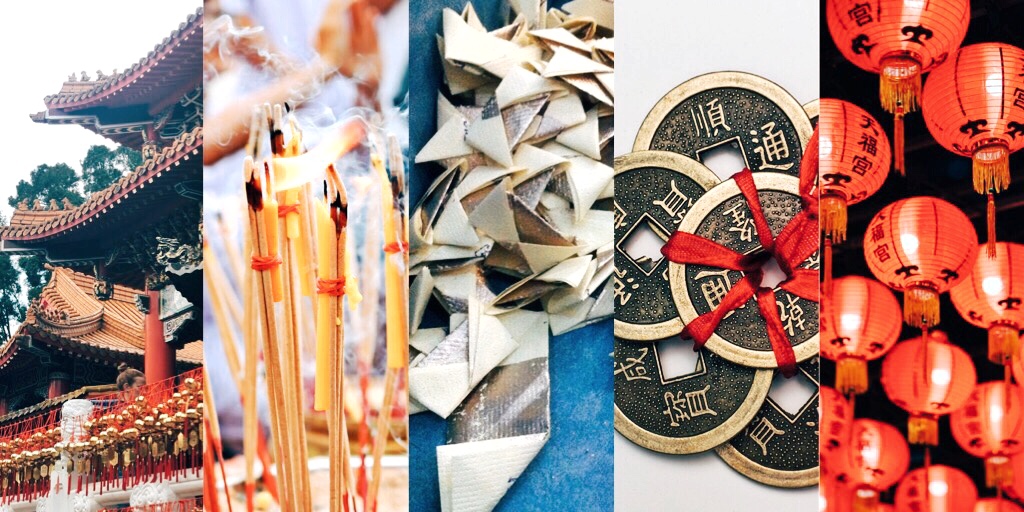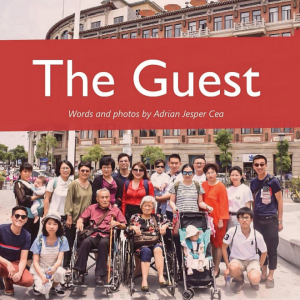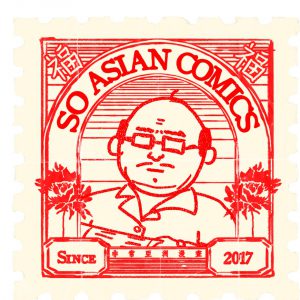Words by Anne Pearlyn Ong
Photos by Jan Victorine Maceda and Nadine Elyse Pua
After the Spanish Colonial Period in the 1800s, Chinese families, mainly from the Fujian province of China, migrated to the Philippines in search of economic opportunities. By the late 19th century, they became a huge player in the economic development of the country, making them prominent faces of the Filipino elite in that period. Since then, their contributions to Philippine society remain unprecedented as they continue to propagate their own cultural beliefs and traditions inside the country.
The Chinese-Filipinos were successful in preserving their beliefs and customs despite being a minority in the Philippines. Passed down from generation to generation, these practices also penetrated the local setting, from the small barrios to the industrialized sectors of society.
Even until today, for example, Chinese New Year is celebrated anually. A group of dancers dressed in red and white would parade around the streets of Binondo, the Chinatown of the Philippines. They would carry around a dragon or lion costume and would create loud noises with their drums, inviting the whole town to temporarily pause their activities to witness the public celebration of Chinese New Year.
The enculturation of Chinese traditions also extends into the center of the city, where enterprises such as malls and hotels integrate them into their businesses so that they can attract consumers. For instance, every Chinese New Year, the interiors of the buildings are intricately decorated with Chinese ornaments ranging from small lanterns to big gazebos and other oriental structures.
Despite the growing sentiment of the public, however, it seems as if the accuracy and the frequency of these traditional practices are slowly changing. The act of passing down traditions from one generation to another increases the informational gap between different generations.

Ana Chua, a Chinese-Filipino student of Ateneo de Manila University, said that she no longer practices any form of Chinese traditions and affirmed that such customs bear no significance in her life nor in her family’s. “It doesn’t really make sense for our family,” she explains. She further mentions that she personally does not believe in the traditions of going to temples and following Feng Shui masters, but she clarifies that she does not speak for everyone. “It has meaning for them, but not for me.”
Ana is not the first to admit the changing culture among Chinese-Filipinos. Rianne Lim, a fellow student at Ateneo, pointed out the role transitions in these practices play in the changes in these practices, which she termed as “modernization.”

She notes, “There were certain things in the past that you can’t carry on in the present time. For example, in the past, you are only allowed to offer food like fruits and meat for the dead; but at present, we normally bring chips and biscuits.”
She believes that such modifications are necessary, granted the convenience that it provides. However, she values the Chinese culture, noting how this is a part of her identity. In line with this, she visits the temple twice every week with her grandmother.
This made her familiar with the Chinese traditions practiced inside temples. When asked about the particulars, she was quick to respond as she mentioned the number of incense sticks and the number of viands or food items necessary for each occasion; but she later acknowledged her lack of knowledge on Chinese customs when she was asked to compare herself to her grandparents.
Despite all of this, Ana and Rianne share the same sentiment with regards to respecting the Chinese culture. Both of them emphasized the importance of sharing a similar culture, for it provides a sense of a collective consciousness in a divisive society.
The modernization of Chinese culture in the Philippines is real and tangible. This apparent shift in practice inevitably affects the whole Chinese community, especially in translating one’s beliefs and traditions into action. And while this may be viewed as a form of defiance from historical practices, it is an effective mechanism for keeping up with the modern times.
However, by following this paradigm, the Chinese-Filipino community also risks losing their cultural identity. The process of modernization necessitates the adaptation of modern trends, while it also mandates the discarding of practices that are referred to as old or outdated. Thus, it becomes problematic because Chinese traditions and practices are deeply rooted in their cultural values, and failing to materialize these traditions may result to the lost of these values altogether. Indeed, the struggle of Chinese-Filipino individuals today is to have a fair bargain with modern-day reality.




